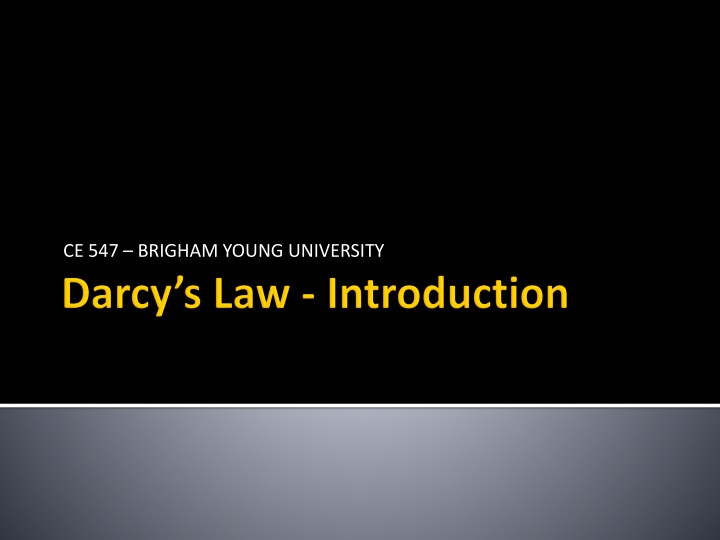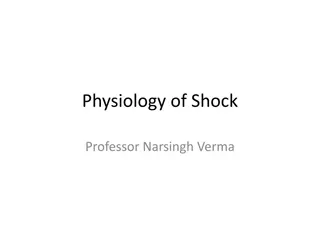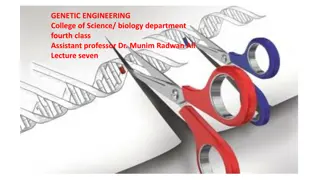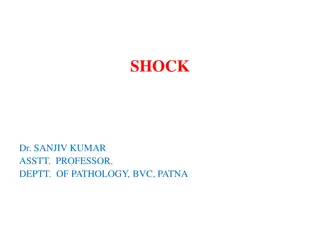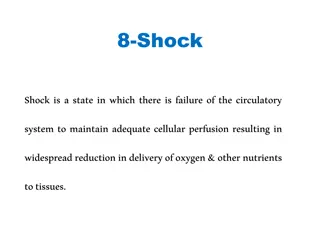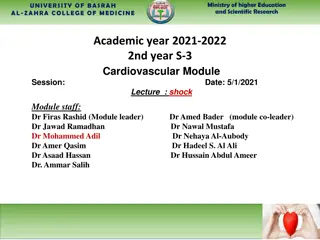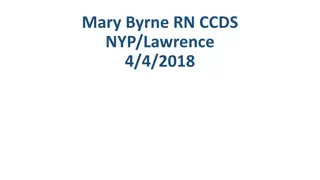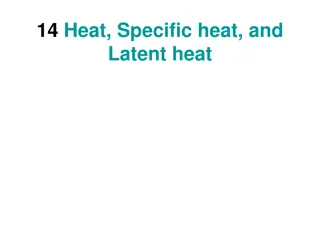Competent Cells and Heat-Shock Transformation
Competent cells, whether natural or artificial, are crucial for bacterial cells to take up external DNA. Understand the process of preparing competent cells and the significance of heat-shock transformation. Discover the differences between natural and artificial competence and how DNA is internalized in bacterial cells. Explore the reagents needed for successful transformation in molecular biotechnology.
Download Presentation

Please find below an Image/Link to download the presentation.
The content on the website is provided AS IS for your information and personal use only. It may not be sold, licensed, or shared on other websites without obtaining consent from the author.If you encounter any issues during the download, it is possible that the publisher has removed the file from their server.
You are allowed to download the files provided on this website for personal or commercial use, subject to the condition that they are used lawfully. All files are the property of their respective owners.
The content on the website is provided AS IS for your information and personal use only. It may not be sold, licensed, or shared on other websites without obtaining consent from the author.
E N D
Presentation Transcript
Henry Darcy did some lab tests on flow through sand in order to design filters Cross section area = A L h2 Screen h1 Datum *Published in The Public Fountains of the City of Dijon - 1856
Darcy experimented with different soils and with different values of L, h1, and h2. The results showed that: q = kAh2 h1 L where: q = Vol/ t = flow rate [L3/T] k = coefficient of permeability or hydraulic conductivity [L/T] A = gross cross-sectional area of flow [L2] h = total head [L] L = length of flow path [L]
Darcy's law is often written as: q = kiA where: i = hydraulic gradient i =h2 h1 = h L L i = dh where s is the flow path length ds q = kdh dsA
Darcy's law can be rewritten as: q A= kiA q = kiA vd = ki A vd = "discharge velocity" or "Darcian velocity" Vs Vd vs = "seepage velocity"
Seepage velocity can be related to discharge velocity as follows: Area of flow Total area =Af A=Vv V= n Vv = Volume of soil voids V = Total volume n = porosity
area n = porosity = total area vs=q 1 n =q A Af = vd n vs/vd 4 3.33 2.9 2.5 Af A 0.25 0.3 0.35 0.4 =vd =ki vs n n
Not all voids in the soil conduct flow. ne = "effective" porosity Dead Zones =Af Preferential Flow Path A where Af = actual area of flow Dead Zones vs=ki ne
ne = n = effective porosity factor is determined experimentally 1 for sands and gravels = 0.01 - 0.05 for clays or fractured rock
In the equation for Darcy's law: where: K = "constant of proportionality [L2] or "intrinsic permeability" or "permeability" q = kiA k is a constant which depends on both the fluid and the soil. K is based on soil properties only f = unit weight of fluid [F/L3] Darcy's law can be rewritten as: = viscosity of fluid [ML/T] q = K f dh dxA
Can also be written as: For water at 20o C: q = K gdh K =k w dxA w w = 0.0100 poise w = wg w = 1 g/cm3 g = 980.7 cm/sec2 This form is used in the petroleum industry. K is often expressed in units of Darcies 1 Darcy = the permeability for a flow of 1 cm3/sec/cm2 for a viscosity of 1 centipoise and [ g(dh/dx)] = 1 atm/cm. for k = 1 cm/s: K = 1.02X10-5 cm2 We will use k (hydraulic conductivity) in this class. 1 poise = 1 dyne-sec/cm2 = 1 g/cm-s 1 Darcy = 0.987X10-8 cm2
